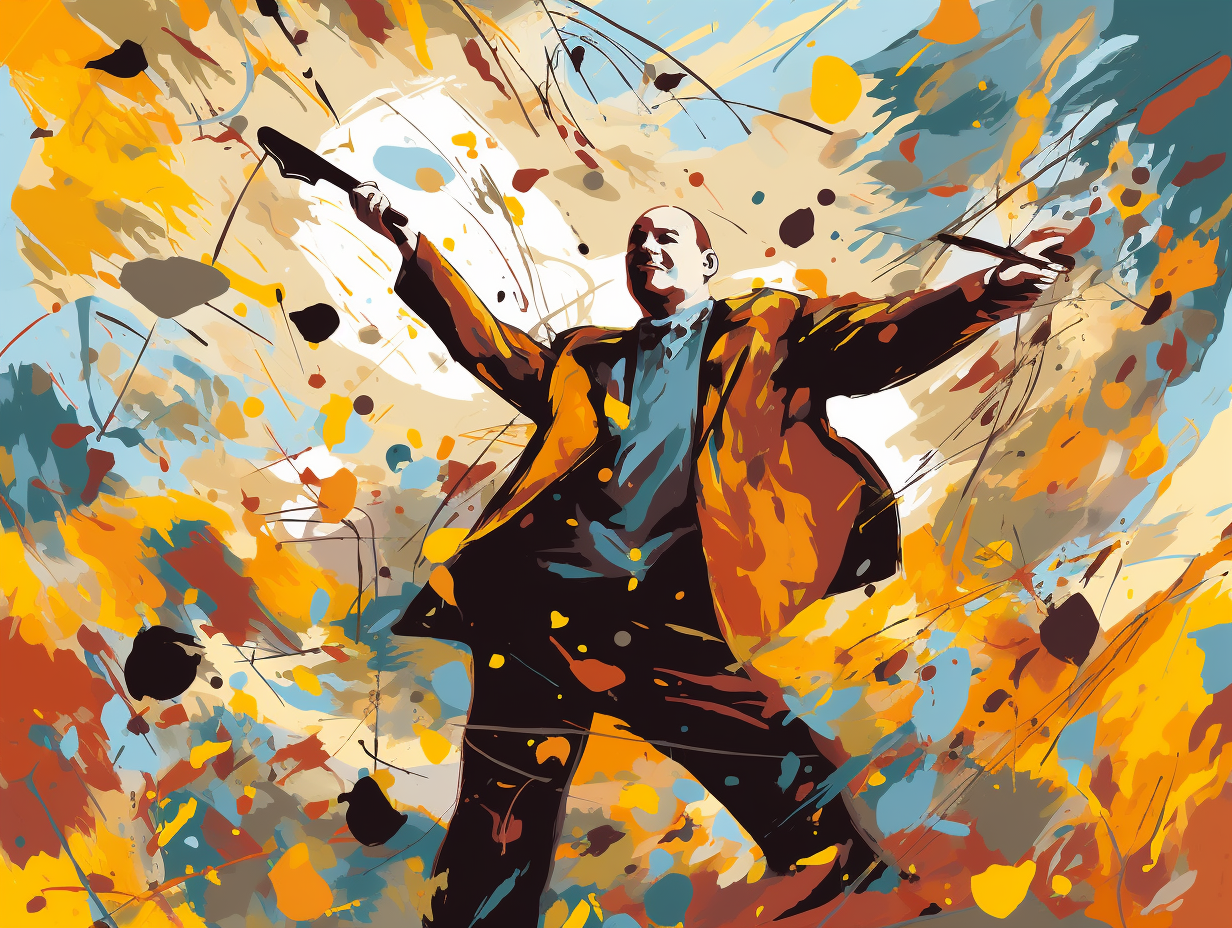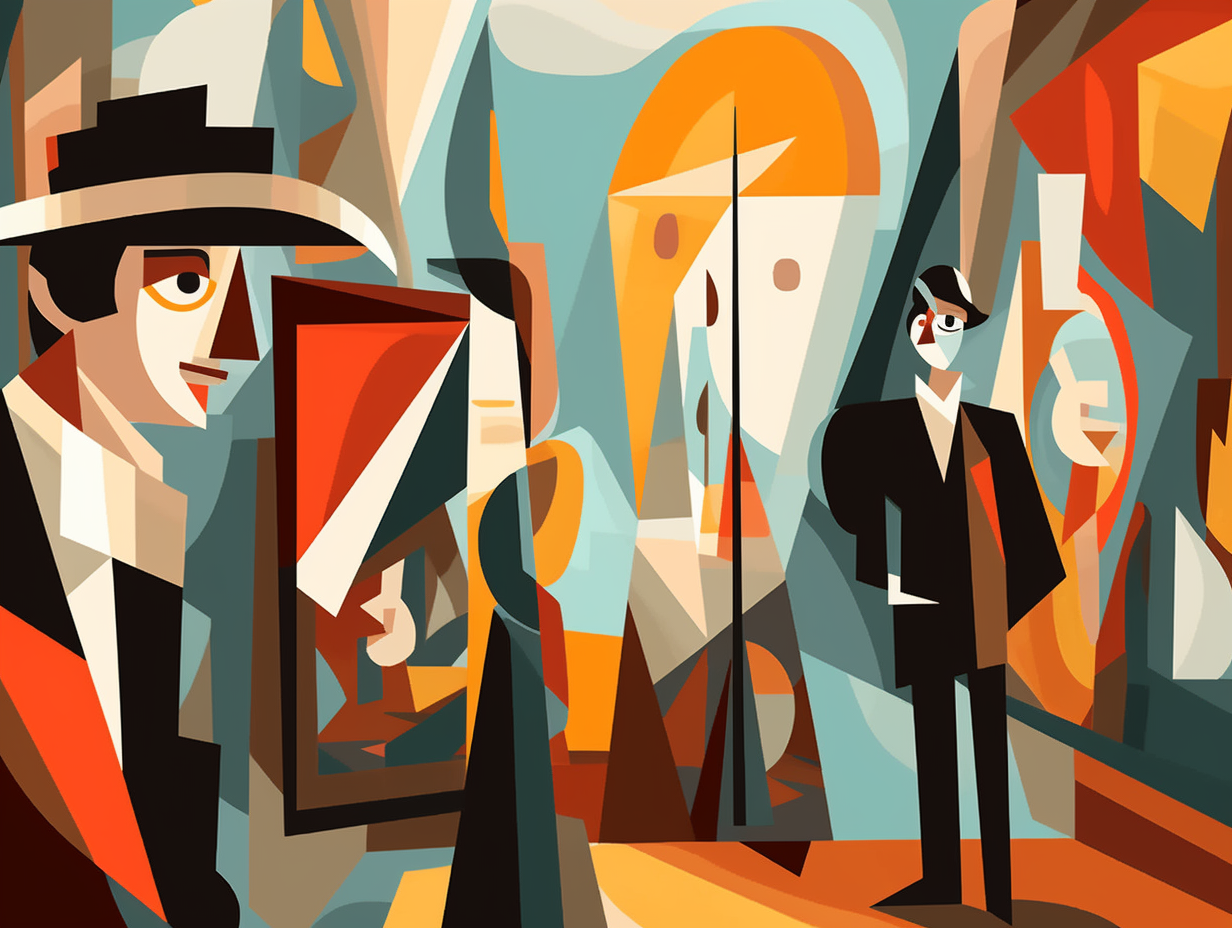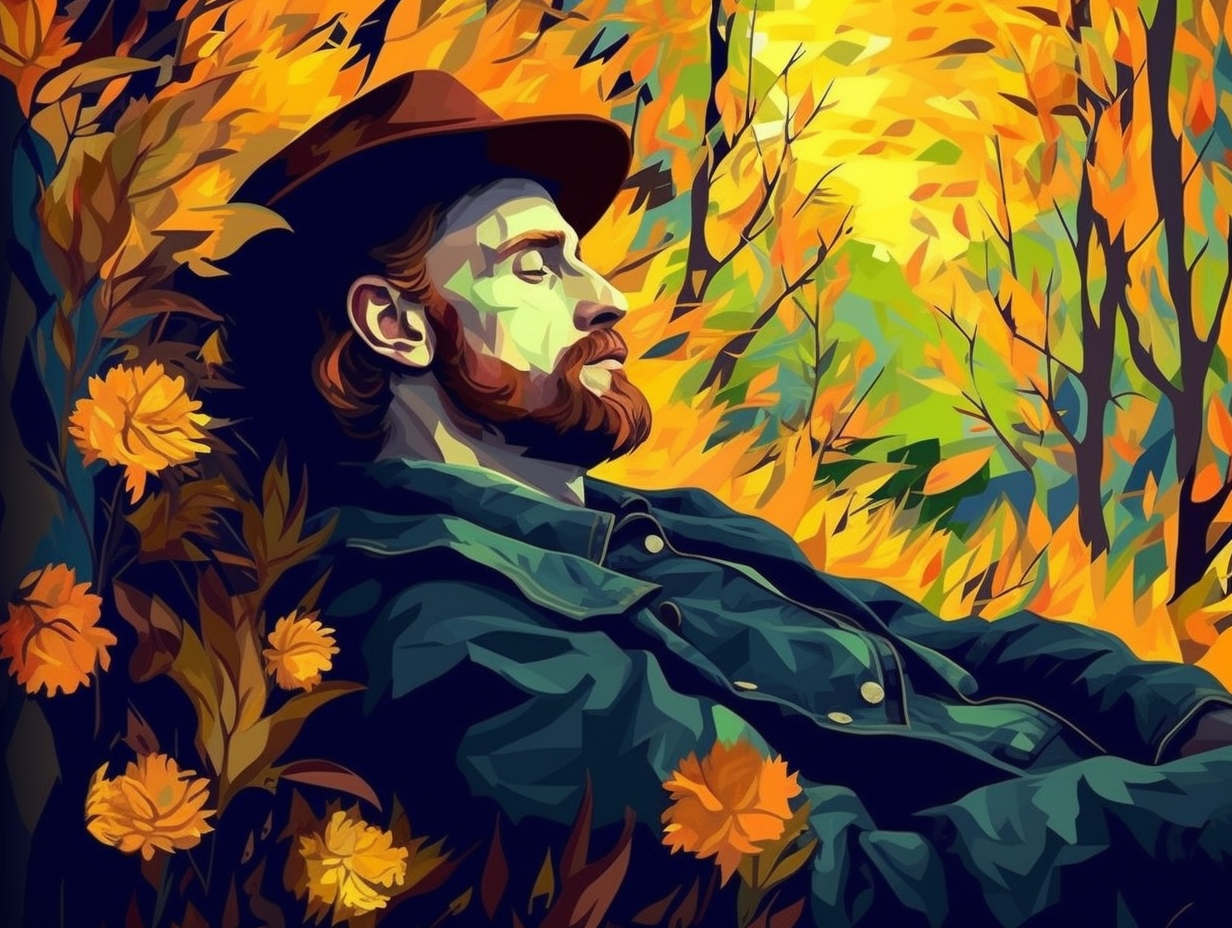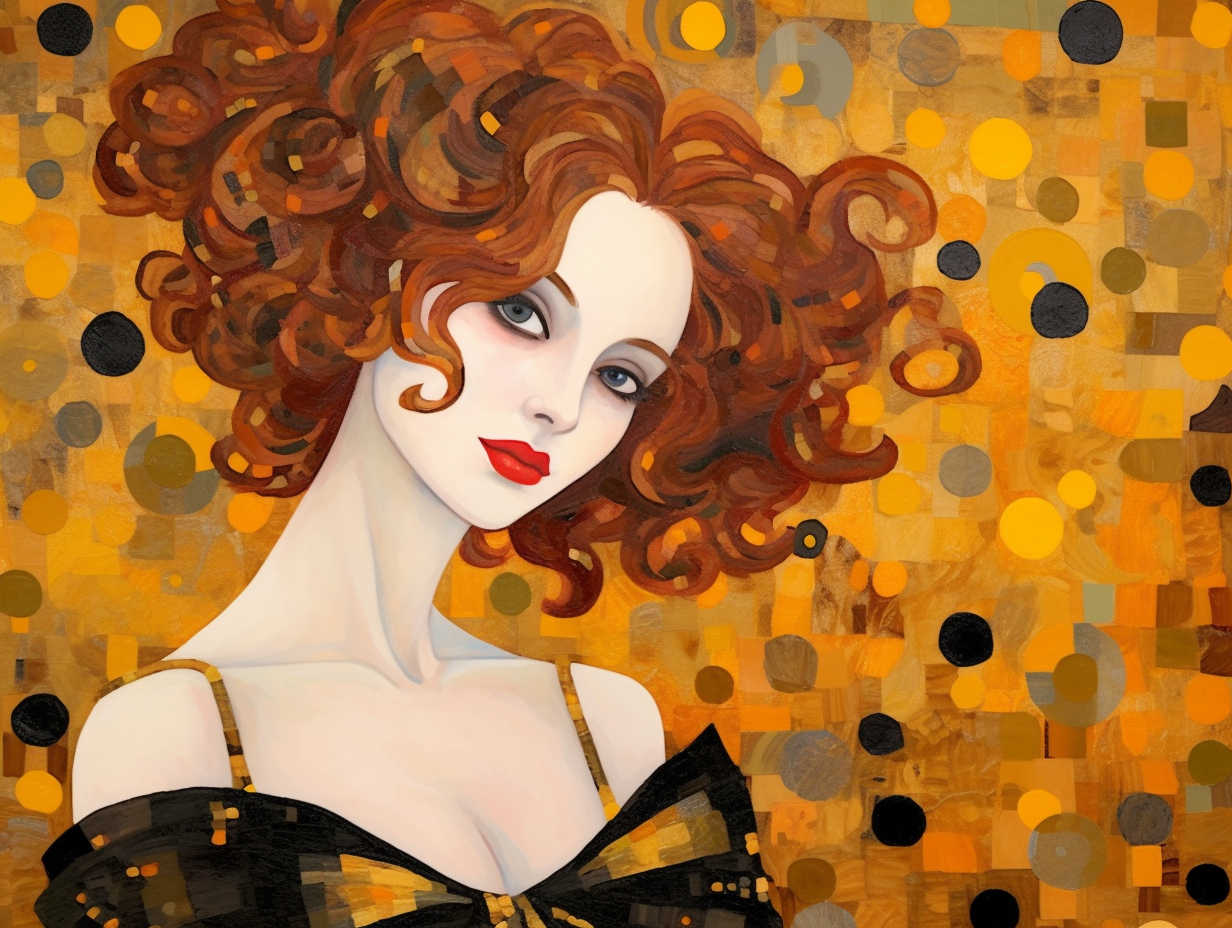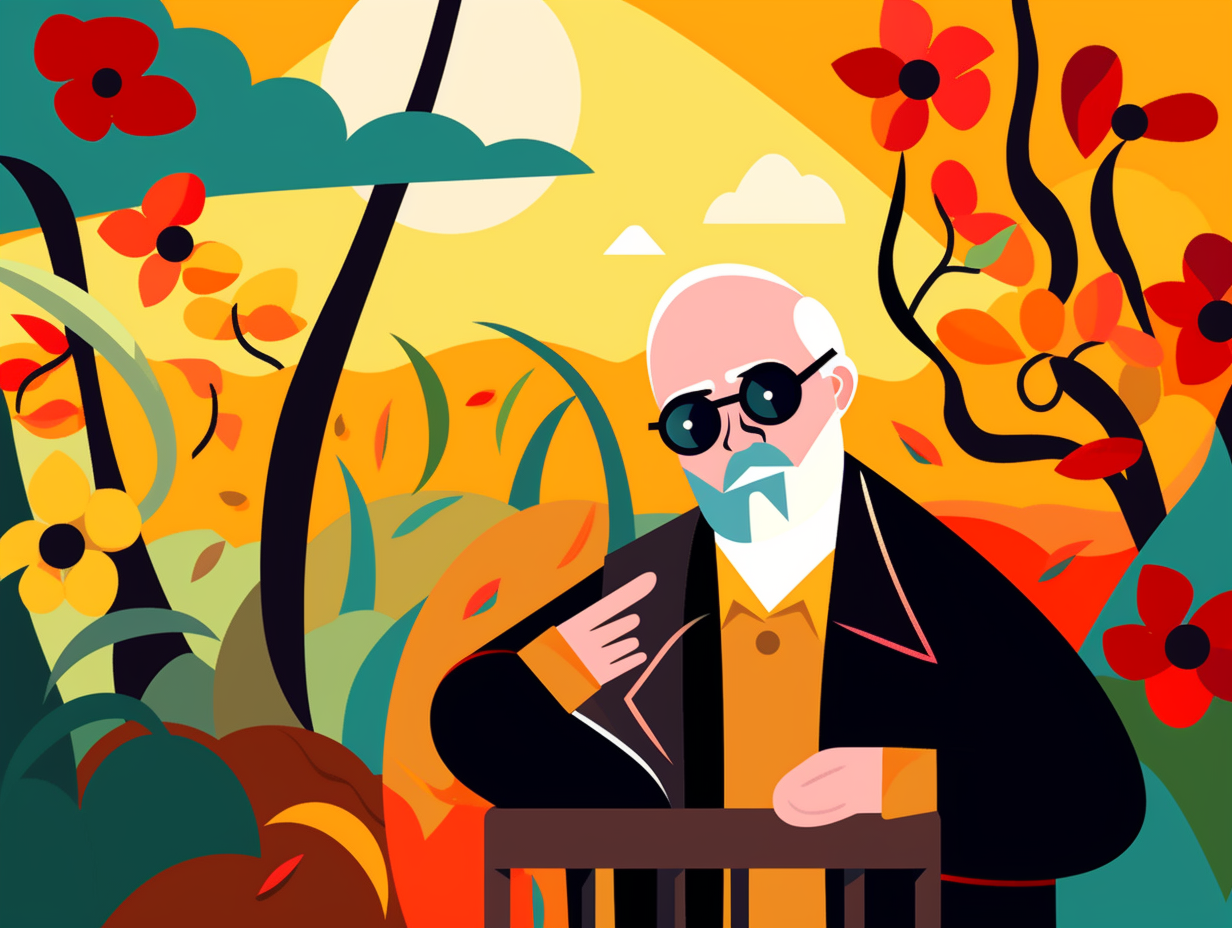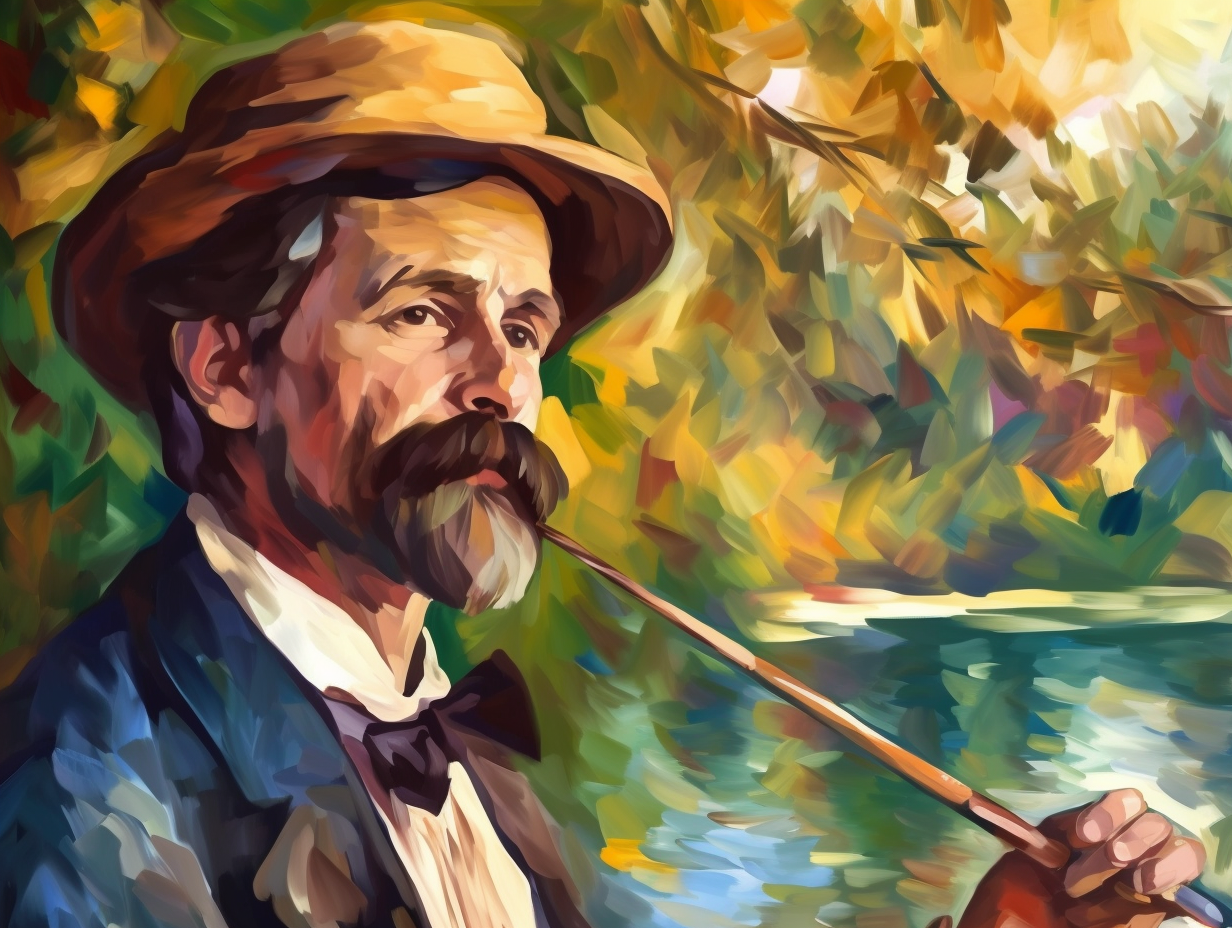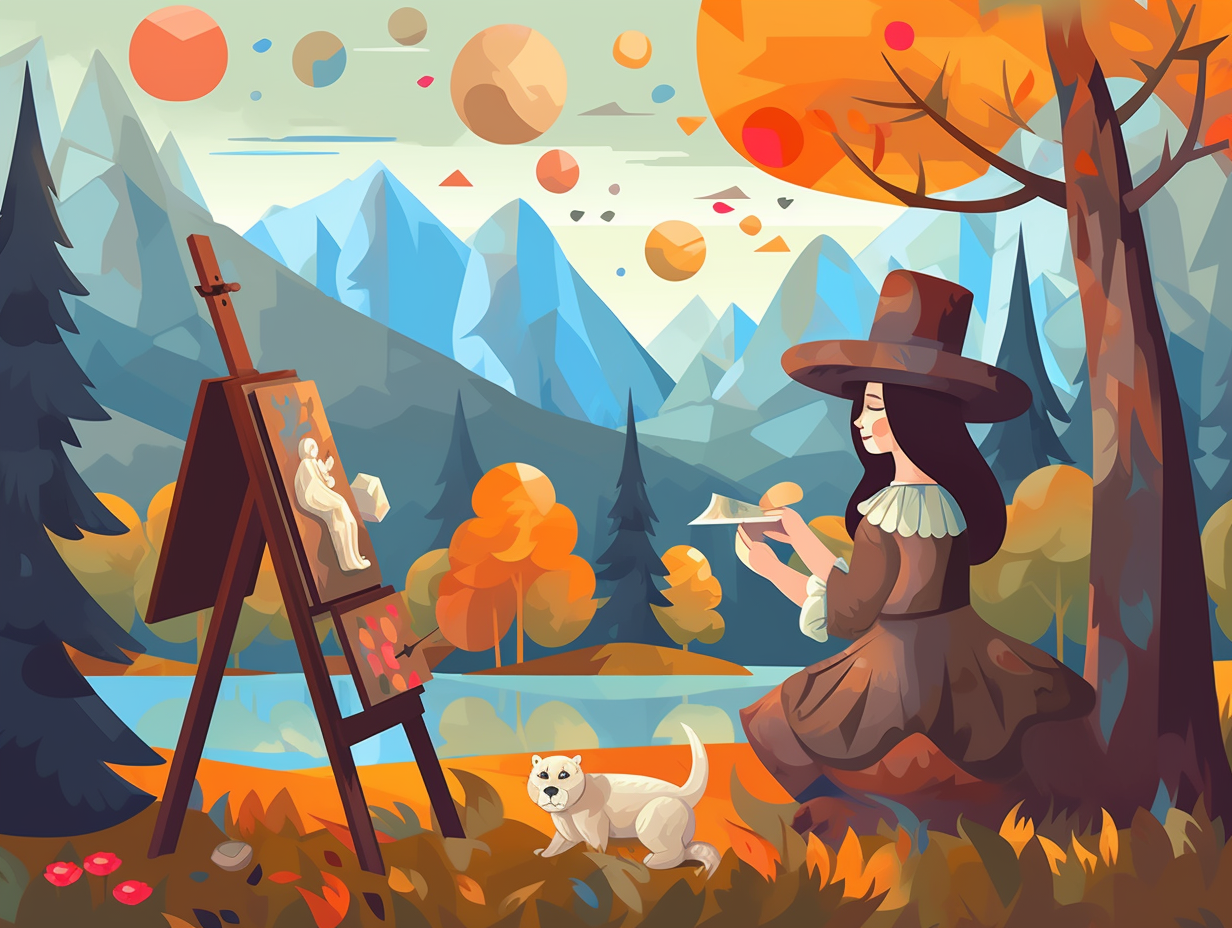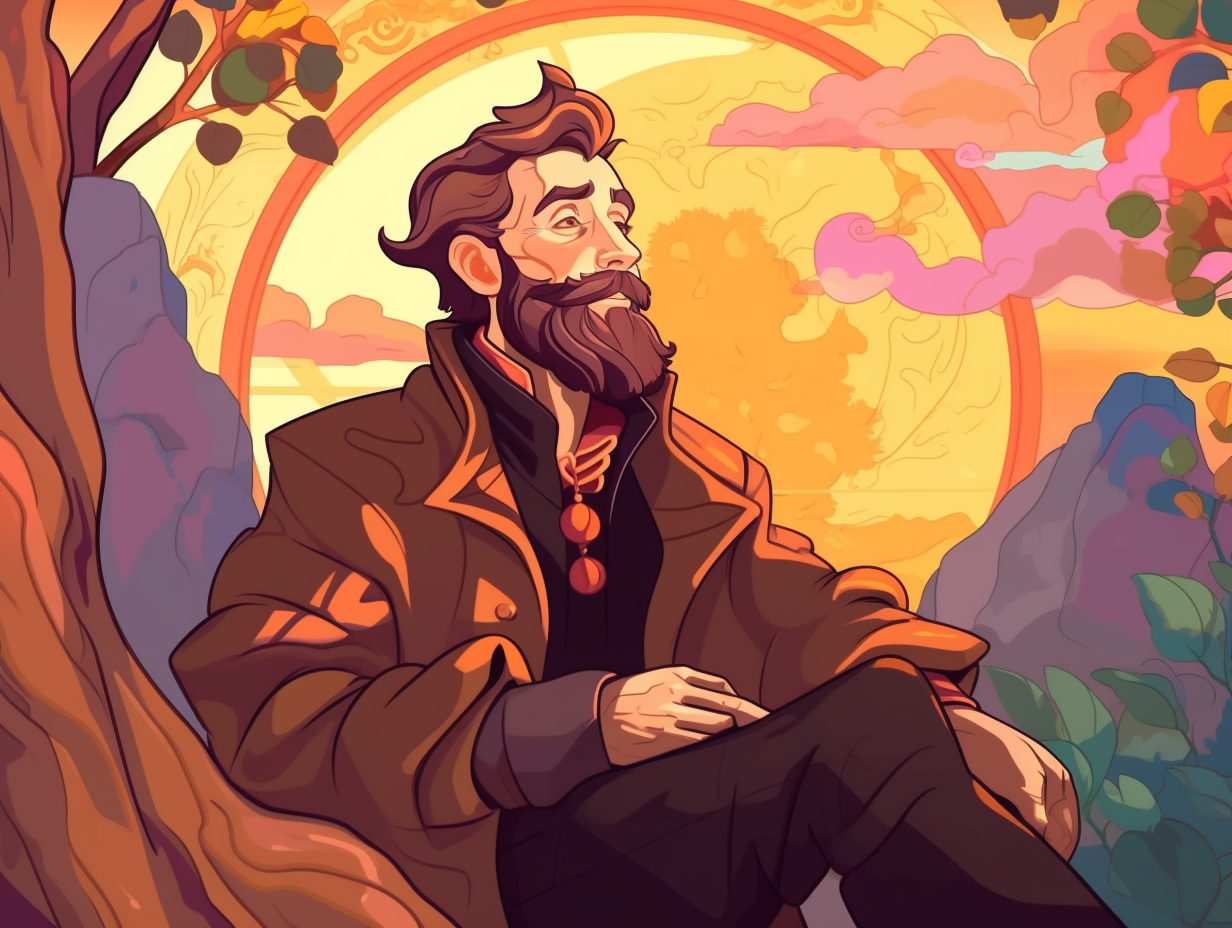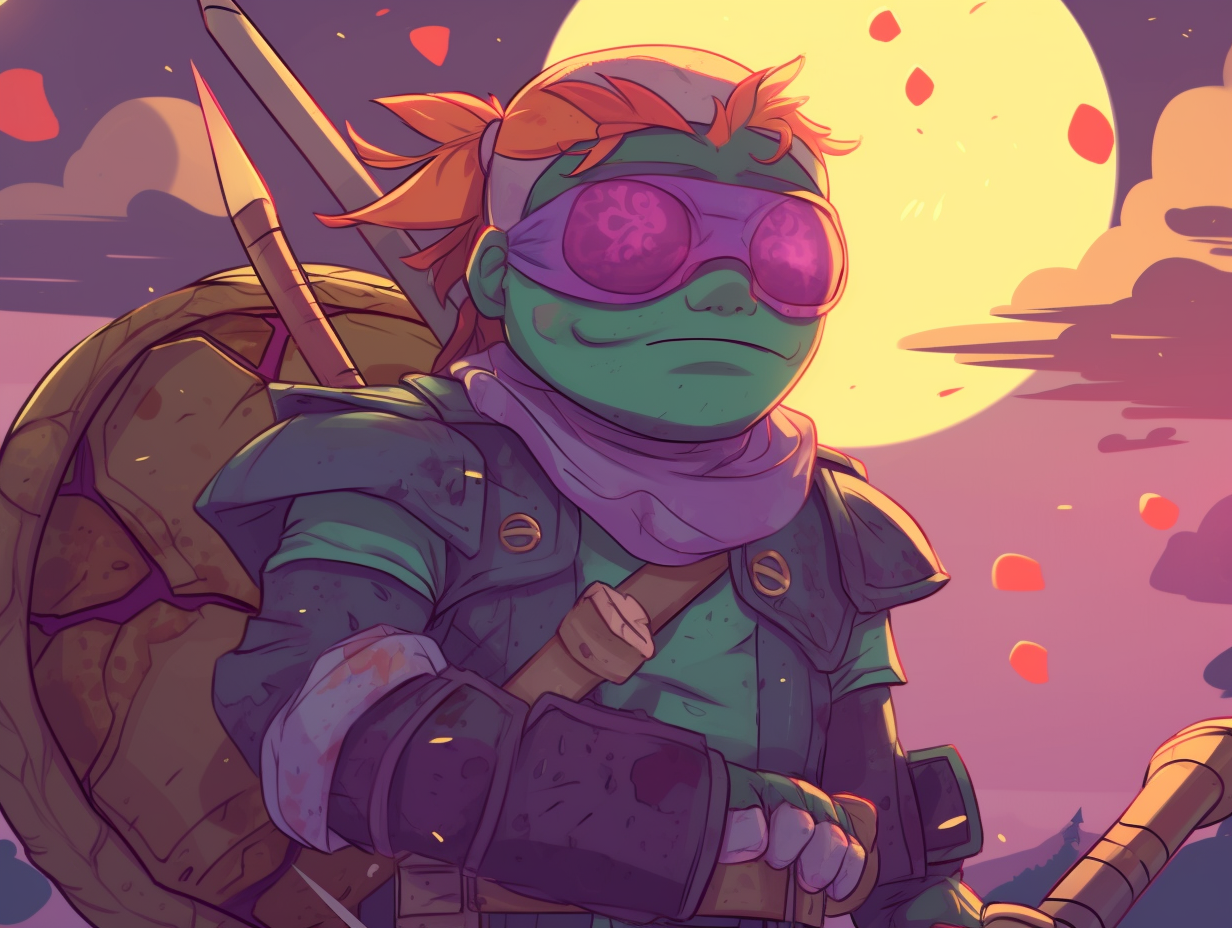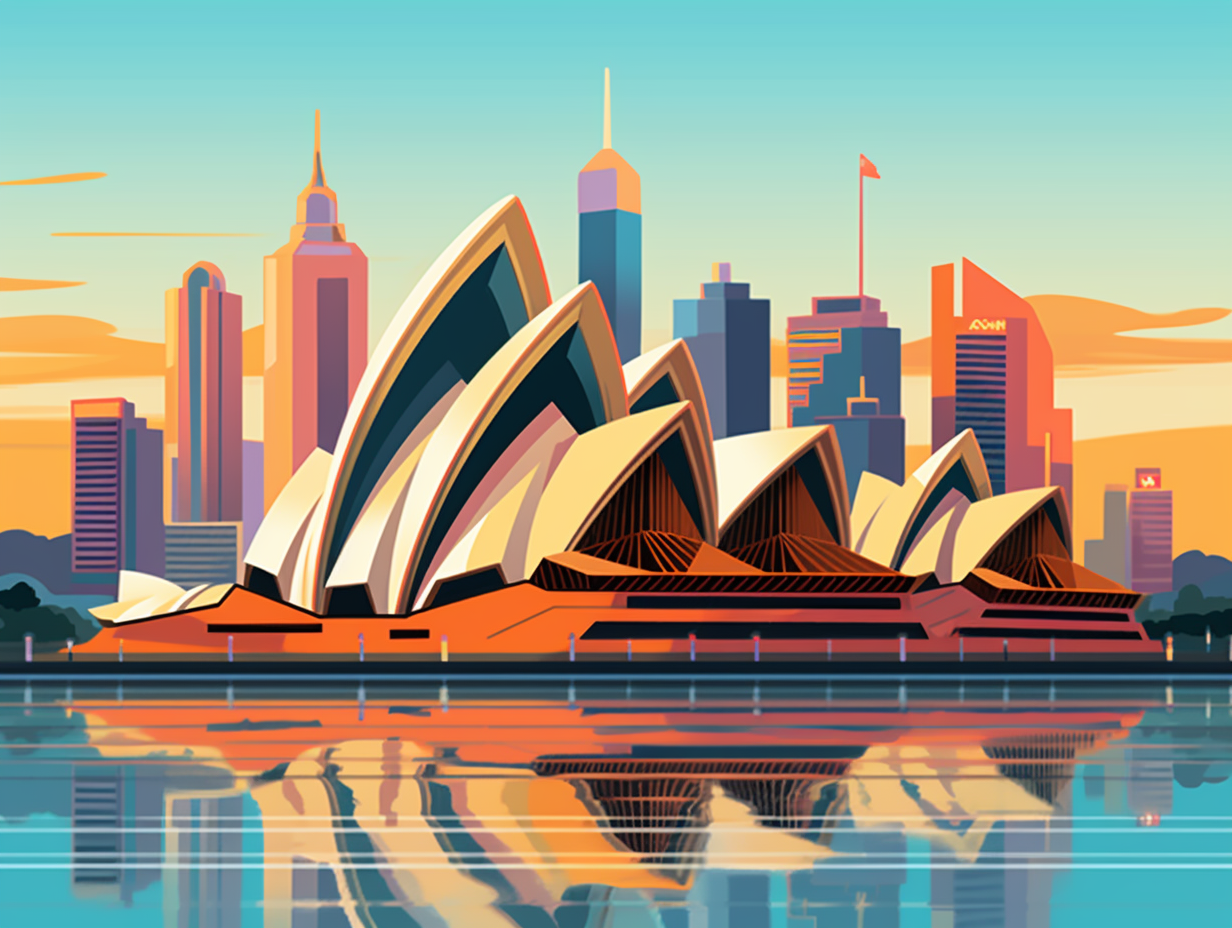Discover the Pop Art World: Top 11 Captivating Fun Facts About Roy Lichtenstein
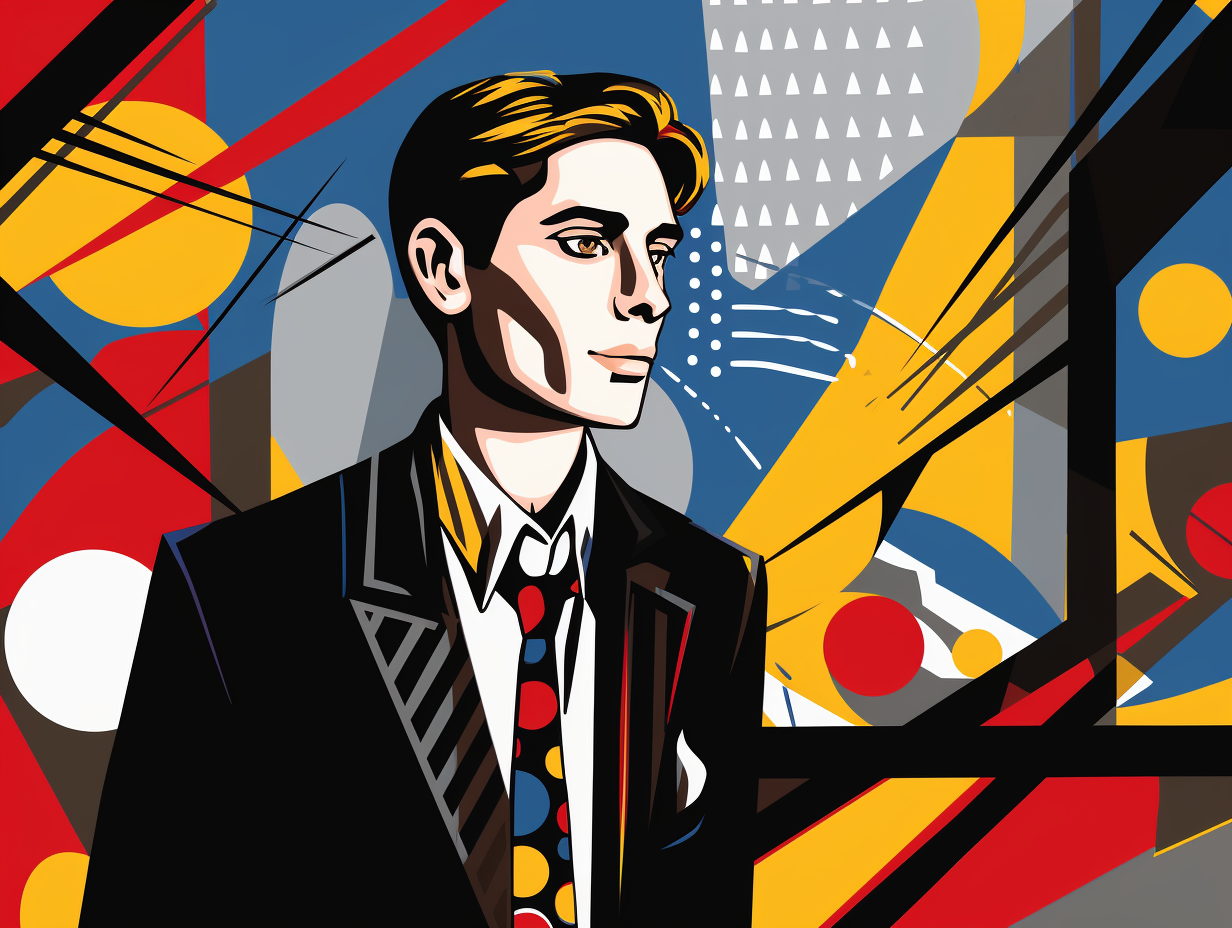
1. First Hated, Then Rich and Famous
They say you're nobody until somebody hates you: Roy Lichtenstein's first solo exhibition in New York City in 1962 was a smashing success in ruffling feathers, with one critic snarkily dismissing his work as "gimmicky." Brushing off the haters like paint splatters on his canvas, Lichtenstein became one heck of a somebody, a pop art pioneer whose Masterpiece rang up a whopping $165 million price tag in 2017.
Source => tate.org.uk
2. Picasso of Pop Art Unleashes Laughter
In a stroke of comic(book) genius, Roy Lichtenstein managed to turn the art world into a laughing matter: This trendsetter of the 1960s pop art movement disrupted the norm, parodying popular advertising and comic book styles with iconic works like Whaam!, Drowning Girl, and Look Mickey, displayed at the Leo Castelli Gallery in New York City – yet he never boasted, fancying himself as the "Picasso of Pop Art."
Source => tate.org.uk

Discover how an amphetamine-fueled DIY project involving aluminum foil led to the creation of Andy Warhol's legendary Silver Factory! 🌟🎨
=> Fun Facts about Andy-Warhol
3. When Ben-Day Dots Met Roy
When Ben-Day met Roy, it was a match made in comic book heaven: Roy Lichtenstein famously incorporated Benjamin Henry Day Jr.'s Ben-Day dot technique not only into his paintings, but also his sculptures, creating three-dimensional pop art that leaped off the pages and into the galleries.
Source => deepspacesparkle.com
4. Dalmatian of the Pop Realm
Who knew that Roy Lichtenstein's paintings were dotted with Ben-Day dreams? Before painters slayed hearts with the honeycomb of dots, one king stood tall in the realm of Pop: Roy Lichtenstein dipped his brush into the realm of cartooning, creating the iconic Look Mickey in 1961. In this pièce de résistance, he captivated the art world by bridging the gap between hand-drawn and machine-made, ultimately becoming the Dalmatian of the Pop realm where the stick figure of imitation vanished before his spots: Unbeknownst to many, Lichtenstein's ingenious use of Ben-Day dots in his works is said to have sparked a revolution, with the technique becoming synonymous with the Pop art movement itself.
Source => theartstory.org
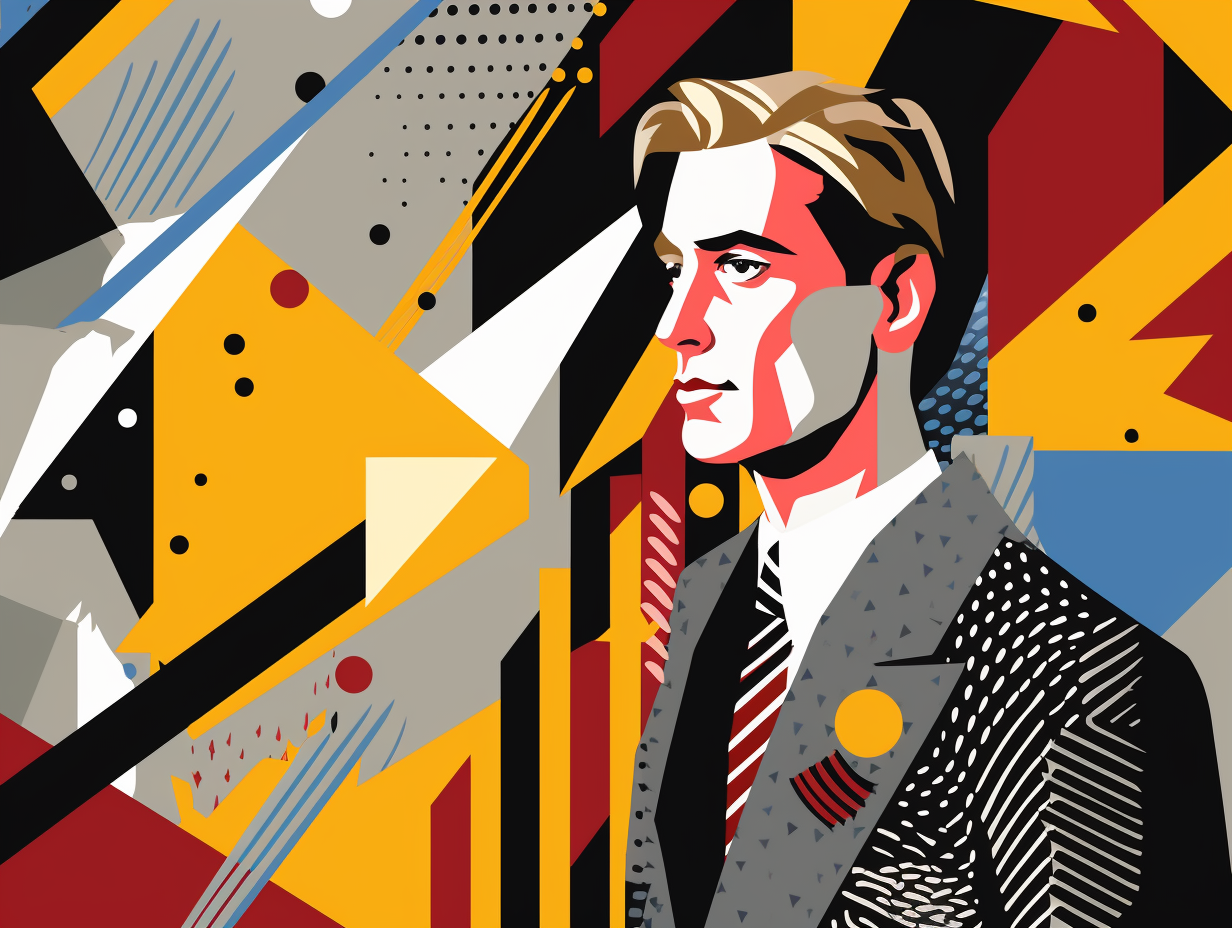
5. Whaam! Packs a Punch in Art
Talk about a high-flying masterpiece that really packed a punch: Roy Lichtenstein's "Whaam!" is a diptych painting featuring an action-packed comic book-inspired scene of an American fighter plane blowing up an enemy, complete with bright colors, bold lines, and cheeky vision-enhancing Ben-Day dots!
Source => tate.org.uk
6. Drowning Girl Disses Brad
Before Brad ever ghosted anyone, he got himself immortalized in pop art thanks to a certain drowning damsel: Roy Lichtenstein's famous piece, Drowning Girl, was inspired by a 1962 romance comic book panel showing a submerged woman with a thought bubble that says, "I don't care! I'd rather sink—than call Brad for help!" By extracting and magnifying this panel, Lichtenstein highlighted the over-the-top depiction of women in popular media and the dismissive treatment of their emotions.
Source => tate.org.uk
7. From Professor to Pop Art Sensation
Before Jackson Pollock could even splutter, "Holy abstract canvas, Batman!", Roy Lichtenstein was there in a flash, zapping away at the hallowed hallways of Pop Art: Originally a teacher at Rutgers University in the early 1960s, Lichtenstein took a punch at popular culture, drawing inspiration directly from comic books and advertising. He gave life to the iconic painting "Whaam!" in 1963, using a comic book panel from a 1962 issue of DC Comics' All-American Men of War as his muse.
Source => everypicture.org
8. Comic Inspiration Brings in the Bucks
Who said comics are just for laughs? Roy Lichtenstein, the proverbial Picasso of the pop art world, was really making bank with his comic strip inspired masterpieces: In fact, his most famous work, Masterpiece, was sold for a staggering $165 million in January 2017, joining the ranks of other iconic pieces like Drowning Girl and Whaam! While our beloved Roy may be best known for his hypnotic paintings, he also got seriously handsy with sculpture and printmaking, showcasing his mastery in multiple mediums.
Source => wikiart.org
9. Hiding Cartoon Characters in Early Work
You could say Roy Lichtenstein was the original "Hannah Barbera": He slyly doodled iconic cartoon characters into his abstract paintings before embracing the pop art movement. Catch this cipher: Lichtenstein initially explored Cubism and Expressionism before adopting Abstract Expressionism in the late 1950s, hiding well-known cartoon figures among his brushstrokes.
Source => en.wikipedia.org
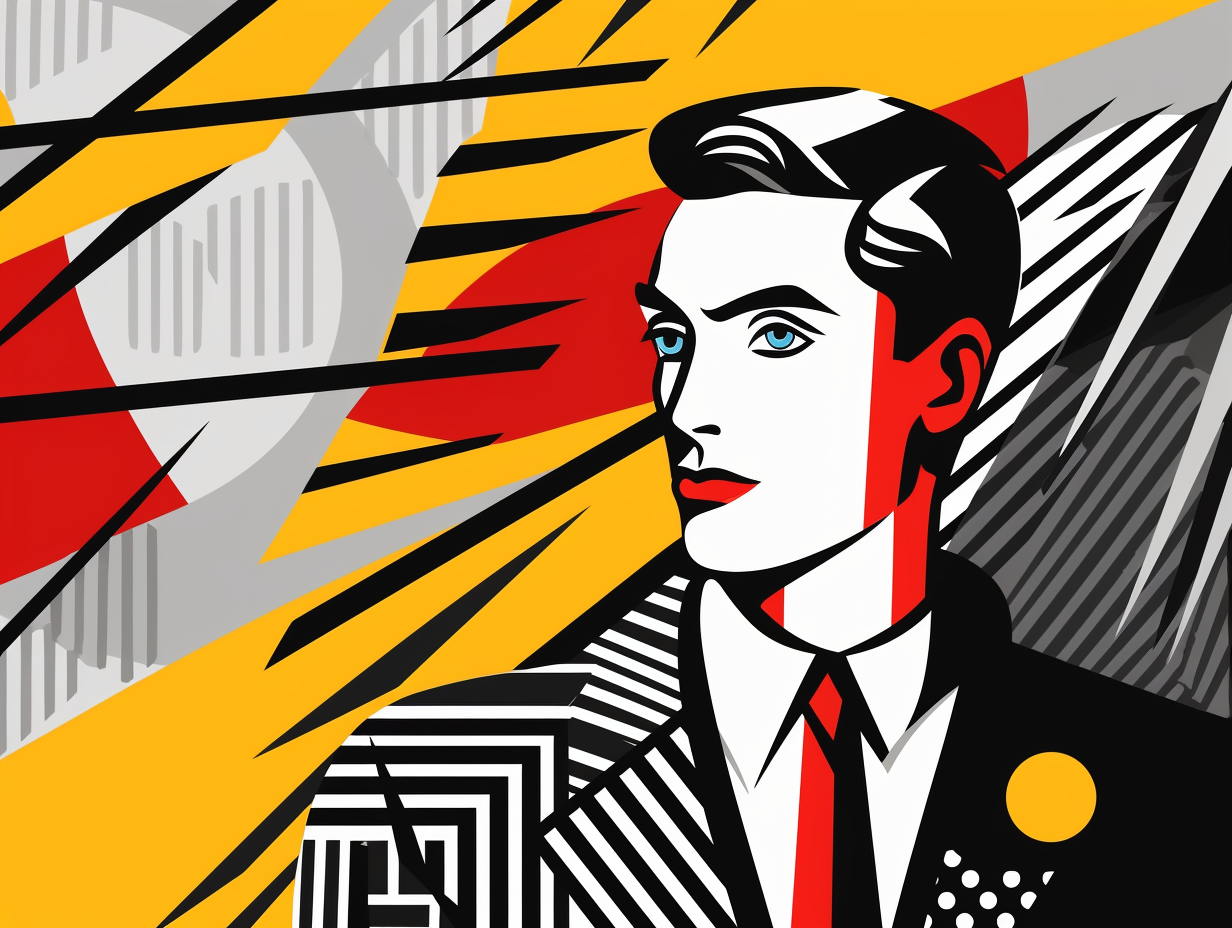
10. Dotty World of Interior Design
Before stepping into the technicolor world of interior design, Roy Lichtenstein was doing some serious dotty business, infiltrating the pages of phone books and comic strips with his trippy Benday dots: Lichtenstein's iconic dots were inspired by 1950s and 60s comic book printing techniques, which he later incorporated in his Interior series to create mural-sized pieces that depicted domestic spaces, magazine spreads, and even cheeky nudes, giving viewers the immersive experience of being in a real room.
Source => thewalkup.wordpress.com
11. Engineer Turned Benday Dot Master
Before Roy Lichtenstein made his mark with comic book-style damsels in distress, he tinkered around with a more mechanically-inclined artistic outlet – giving you could say, the "nuts and bolts" to his Benday dot creations! Quite the handyman, with an engineer's eye: Lichtenstein once drew paintings focused on mechanical devices like gears, electronics, and blueprints, inspired by his engineering classes at Ohio State University and painting dials at Hickok Electrical Instrument Company in Cleveland.
Source => museum-exhibitions.colby.edu
Related Fun Facts

